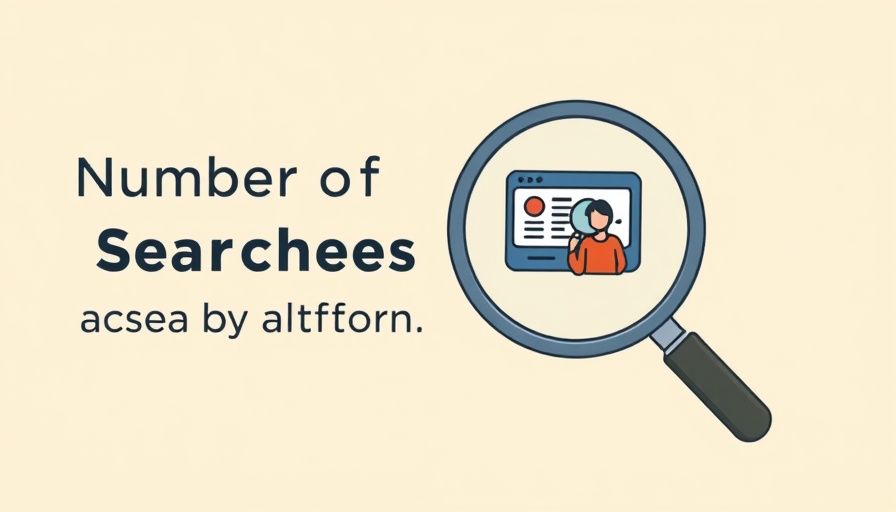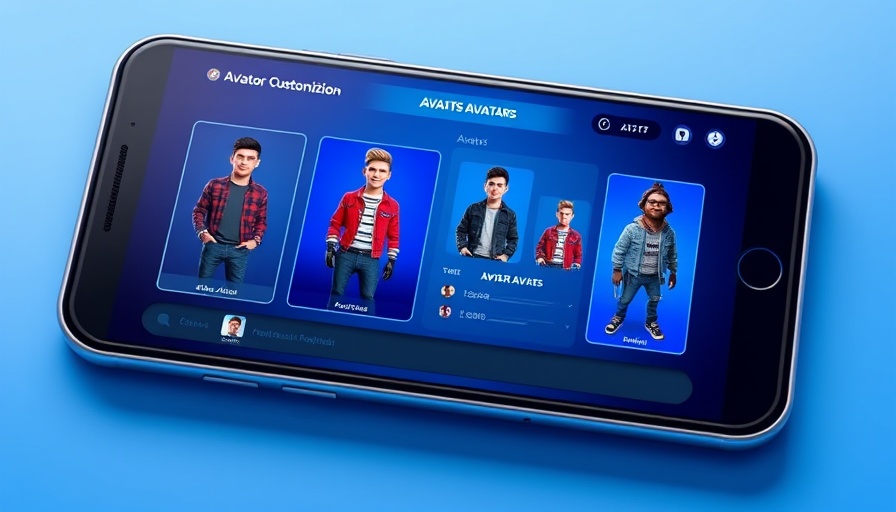
Is ChatGPT a Rival to Google in the Search Arena?
In the ever-evolving tech landscape, the rise of artificial intelligence (AI) has sparked many conversations around the future of online search engines. With the debut of ChatGPT, a sophisticated AI chatbot developed by OpenAI, a pressing question arises: Is ChatGPT catching Google on search activity? As per a recent overview by Visual Capitalist, the short answer is no—at least for now. While interest and usage of ChatGPT have increased dramatically, Google remains the undisputed leader in web search, handling a staggering 13.7 billion searches per day.
How Does ChatGPT Compare to Google?
While ChatGPT may be growing in popularity, its current traffic numbers are still significantly lower than those of Google. According to NP Digital, Google dominates the online search landscape, with platforms like Instagram following with 6.5 billion searches per day. Notably, platforms such as Snapchat and LinkedIn also perform surprisingly well, outpacing traditional giants like Facebook and even Microsoft's Bing.
This data highlights Google’s stronghold on the digital search market. However, the rapid adoption of AI technologies suggests that search behaviors are changing, leading to an interesting divide. As more individuals interact with chatbots like ChatGPT, these AI systems are becoming increasingly integrated into our daily lives and search habits, making conversational search a more familiar process.
The Value of Understanding AI Search Options
For parents, understanding the dynamics of AI like ChatGPT versus traditional search engines is crucial. Not only do these technologies shape how children and teenagers access information, but they also influence how they interact with the world. ChatGPT, with its conversational interface, offers a unique opportunity for kids to explore topics in a more interactive manner.
However, this shift comes with its own set of considerations. AI-generated responses may not always be factually accurate or suitable for younger audiences. It is essential for parents to play an active role in guiding their children’s search habits, ensuring they use trustworthy sources.
Managing Online Safety and AI Interaction
As the online landscape becomes more saturated with AI, parents need to prioritize online safety and privacy. With children increasingly turning to these technologies for information, it’s vital to instill safe browsing habits and educate them about potential dangers. Tools for parental control can help manage what children access through these platforms and provide parents with peace of mind.
For example, software that filters inappropriate content or tracks online activities can empower parents to take a proactive stance against cyberbullying and other online hazards. Furthermore, encouraging device-free time can strengthen open conversations around technology usage and its implications.
The Future of Search: Will AI Take the Crown?
Looking ahead, it's essential to recognize that both Google and AI systems like ChatGPT may coexist in our digital ecosystem. Google is already adapting to incorporate AI technology, refining search results that might soon sound eerily similar to ChatGPT's conversational responses. While the current numbers indicate that Google holds the edge, the trends suggest a pivot towards a more nuanced collaboration between AI interfaces and traditional search engines.
As these technologies continue to develop, families must remain informed about the latest trends and equip themselves with knowledge that fosters safe and healthy browsing habits for their children.
Encouraging Responsible Search Habits
Ultimately, the conversation around AI and traditional search engines like Google reflects broader shifts in technology and user behavior. Parents can take affirmative steps to educate their children on both the advantages and challenges of using AI-driven tools. Teaching kids about media literacy, critical thinking, and the importance of verifying information will cultivate a technologically savvy generation, well-prepared to navigate an increasingly complex world.
As the integration of AI into daily life is only expected to grow, educating our children on responsible search habits will empower them to make informed decisions when utilizing these resources.
Stay informed and take action: Advocate for conversations around responsible AIs and involve your children in discussions about their online activities. Equip them with the knowledge to use these tools wisely and safely.
 Add Row
Add Row  Add
Add 




Write A Comment